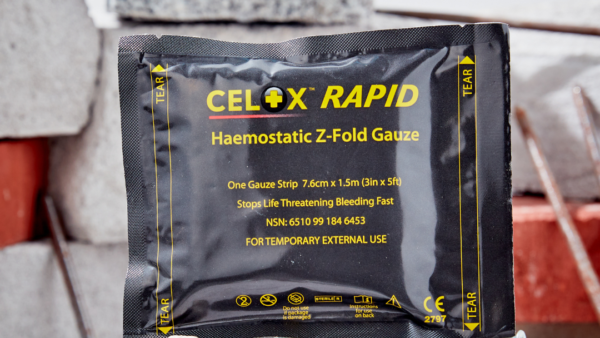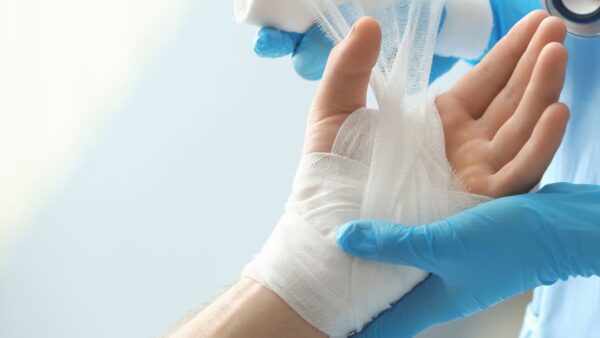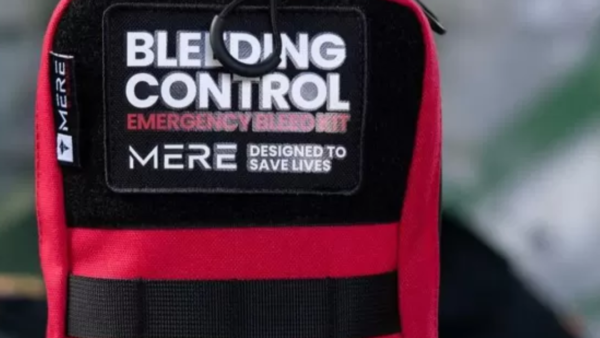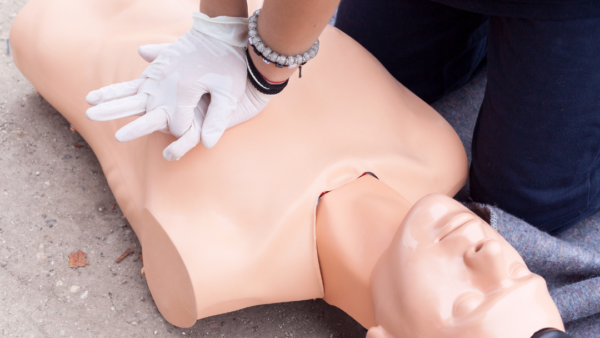In the realm of emergency medical care, certain tools stand out as unsung hero’s, and the chest seal are undoubtedly among them. Often overlooked but incredibly crucial, chest seals play a pivotal role in managing chest injuries, particularly those caused by penetrating trauma. In this blog, we delve into the significance of chest seals, their application, and why they are indispensable in medical scenarios.
The Silent Protector:
Imagine a scenario where a person sustains a penetrating injury to the chest- a gunshot wound or stab wound, for instance. The chest seal emerges as a silent protector in such situations, preventing the entry of air into the chest cavity and maintaining lung function. This seemingly simple device can be a lifesaver in emergencies, preventing potentially fatal conditions like tension pneumothorax.
Understanding Chest Seals:
Chest seals are airtight, adhesive dressings designed to cover open chest wounds, creating a barrier that prevents air from being drawn into the pleural space during the breathing cycle. This is crucial because when air enters the pleural space and cannot escape, it leads to tension pneumothorax, a life threatening condition that compromises the heart and lungs.
Application in the Field:
In emergency situations, time is of the essence. Chest seals are designed for quick and effective application by first responders and medical professionals. The sterile and occlusive nature of these seals ensures that they create an airtight environment allowing the injured person to breathe more effectively and preventing the progression of serious complications.
Varieties and Innovations:
As technology advances, so do medical tools. Chest seals are no exception. Modern variations may include vented chest seals, which allow for the release of excess air while still maintaining a seal. Some chest seals are also equipped with a hydrogel layer, promoting adherence in challenging conditions.
Training and Preparedness:
While chest seals are instrumental in emergency care, their effectiveness is amplified when first responders and medical personnel are adequately trained. Proper training ensure swift and accurate application, enhancing the chances of positive outcome for the injured individual.
Conclusion
In the world of emergency medicine, every tool plays a critical role in preserving life. Chest seals, with their straightforward yet lifesaving functionality, stand as a testament to the innovation and dedication in the field. Understanding their importance and ensuring their availability can make a substantial difference in managing chest injuries and improving overall outcomes in emergency situations






